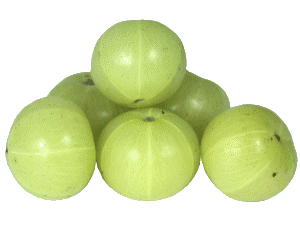Human Brain Can Converts
Glucose into Fructose
The human brain can produce the sugar fructose, a new small
study finds. Researchers found that the brain can convert one form of sugar,
called glucose, into another form, called fructose. People who have too much
fructose in their diet may face an increased risk of conditions such as type 2
diabetes and obesity.
Previous research has suggested that fructose and glucose
act differently in the brain. For example, studies have shown that glucose
sends signals of fullness to the brain, but fructose does not, lead study
author Dr. Janice Hwang, an assistant professor of medicine at Yale University,
said in a statement.
One way glucose is converted to fructose is through a
series of chemical reactions called the polyol pathway, the researchers wrote
in the study. These reactions, which convert glucose into another sugar called
sorbitol, and then convert sorbitol into fructose, occur in tissues throughout
the body, including the brain.





















